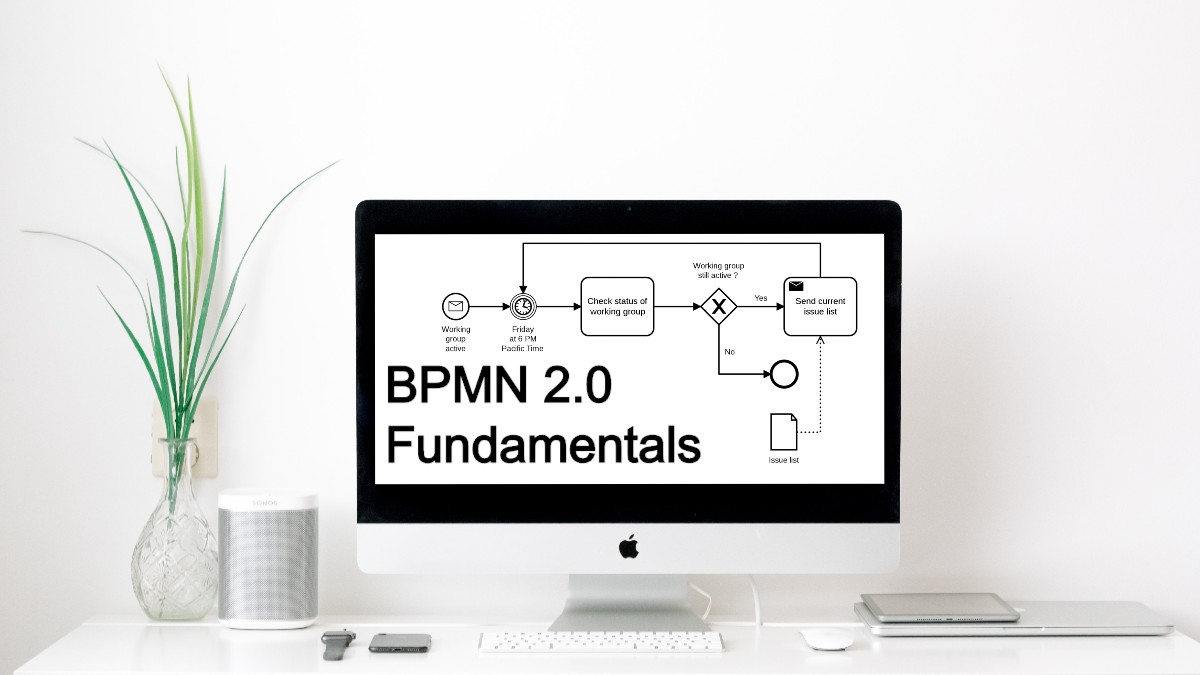BPMN Parallel Gateway

The BPMN Parallel Gateway article provides a detailed explanation of the Parallel Gateway BPMN element, including the definition, notation, rules, guidelines and examples.
The BPMN Parallel Gateway article delves deep into the intricacies and applications of the parallel gateway element as outlined in the BPMN 2.0 specification. The definition, notation, and rules sections offer a concise summary of the BPMN 2.0 Specification pertaining to the parallel gateway element. Meanwhile, the guidelines section presents a curated collection of best practices specific to the parallel gateway, showcasing its proper and effective utilisation in process modelling.
What is a Parallel Gateway?
“A Parallel Gateway creates parallel paths without checking any conditions; each outgoing Sequence Flow receives a token upon execution of this Gateway. For incoming flows, the Parallel Gateway will wait for all incoming flows before triggering the flow through its outgoing Sequence Flows.” ~ BPMN Specification
Example: Order Coffee Process
The Order Coffee process illustrates the use of the parallel gateway to perform two tasks in parallel. The process starts of with a task to Retrieve Coffee Order. The Parallel Gateway creates parallel paths (forks) without checking any conditions so that the Make Coffee and Retrieve Cup & Saucer tasks are performed in parallel. The parallel gateway (joins) waits for both tasks to complete, before finally moving on the Pour Coffee in Cup task. Once the Deliver Coffee Order task is complete, the process also finishes.
 Example of an parallel gateway
Example of an parallel gateway
BPMN uses the term fork to refer to the dividing of a path into two or more parallel paths (also known as an AND-Split). It is a place in the Process where activities can be performed concurrently, rather than sequentially. BPMN uses the term join to refer to the combining of two or more parallel paths into one path (also known as an AND-Join or synchronization).
Guidelines
- The parallel gateway is also referred to as AND-Split and AND-Join.
- The fact that tasks are modelled in parallel, does not mean they are processed in parallel.
- Modelling tasks in parallel, improves the process optimisation.
- The process instance is active as long as a one of the multiple tokens are active.
Finally
This article provided a detailed explanation of the BPMN Parallel Gateway element. Follow me on any of the different social media platforms, and feel free to leave comments.
Reference
- Business Process Model and Notation Specification Version 2.0.2. (2014, January). https://www.omg.org/spec/BPMN/2.0.2/
